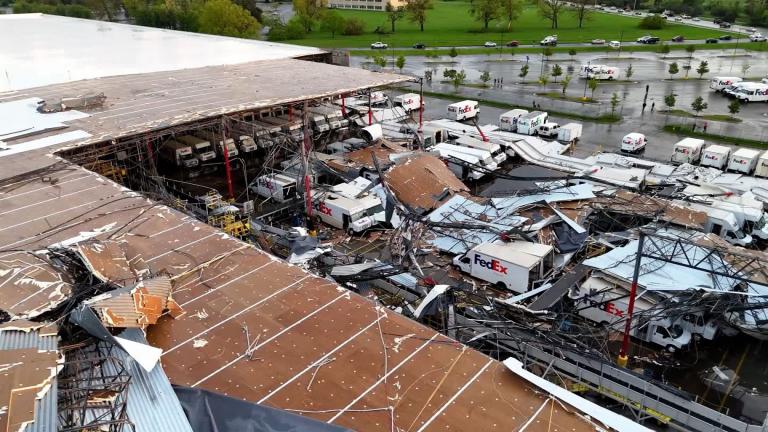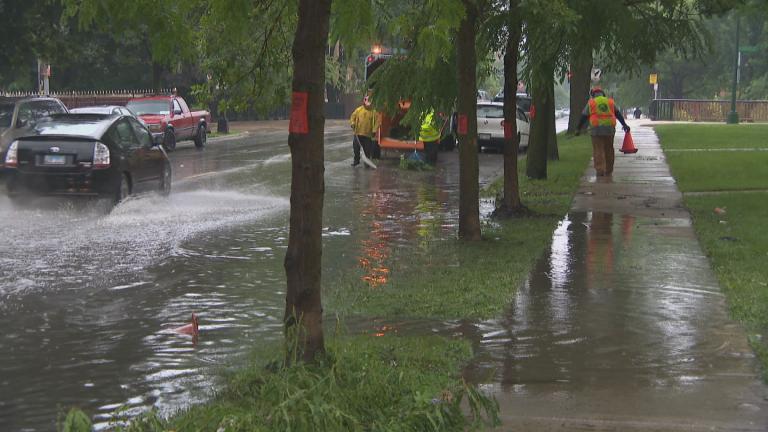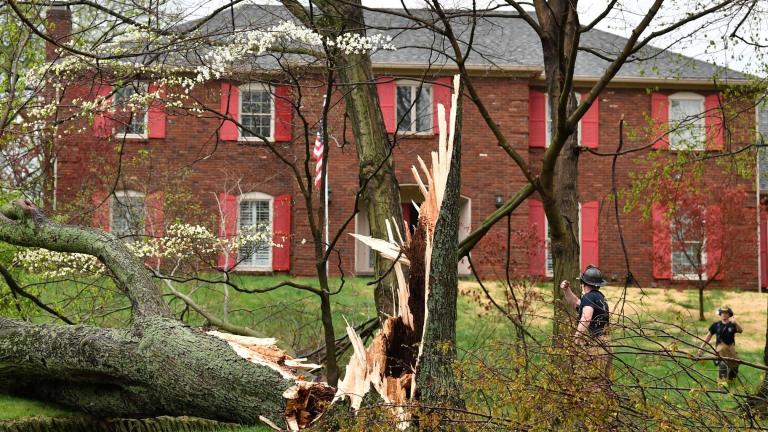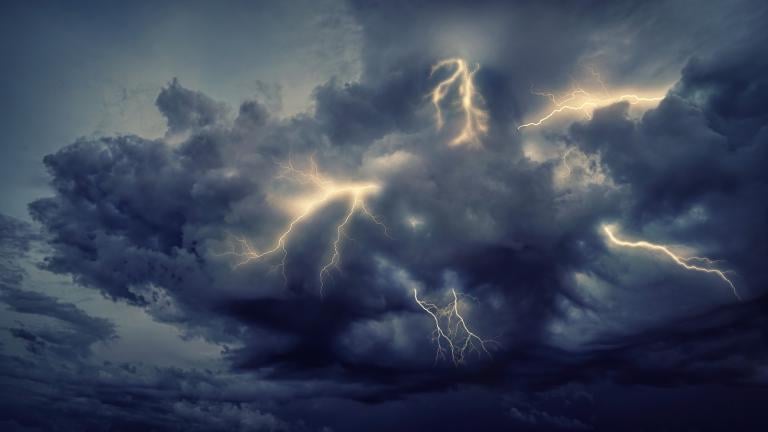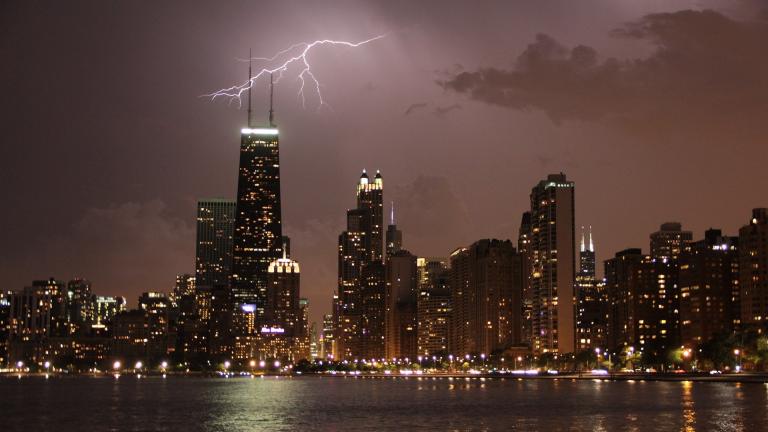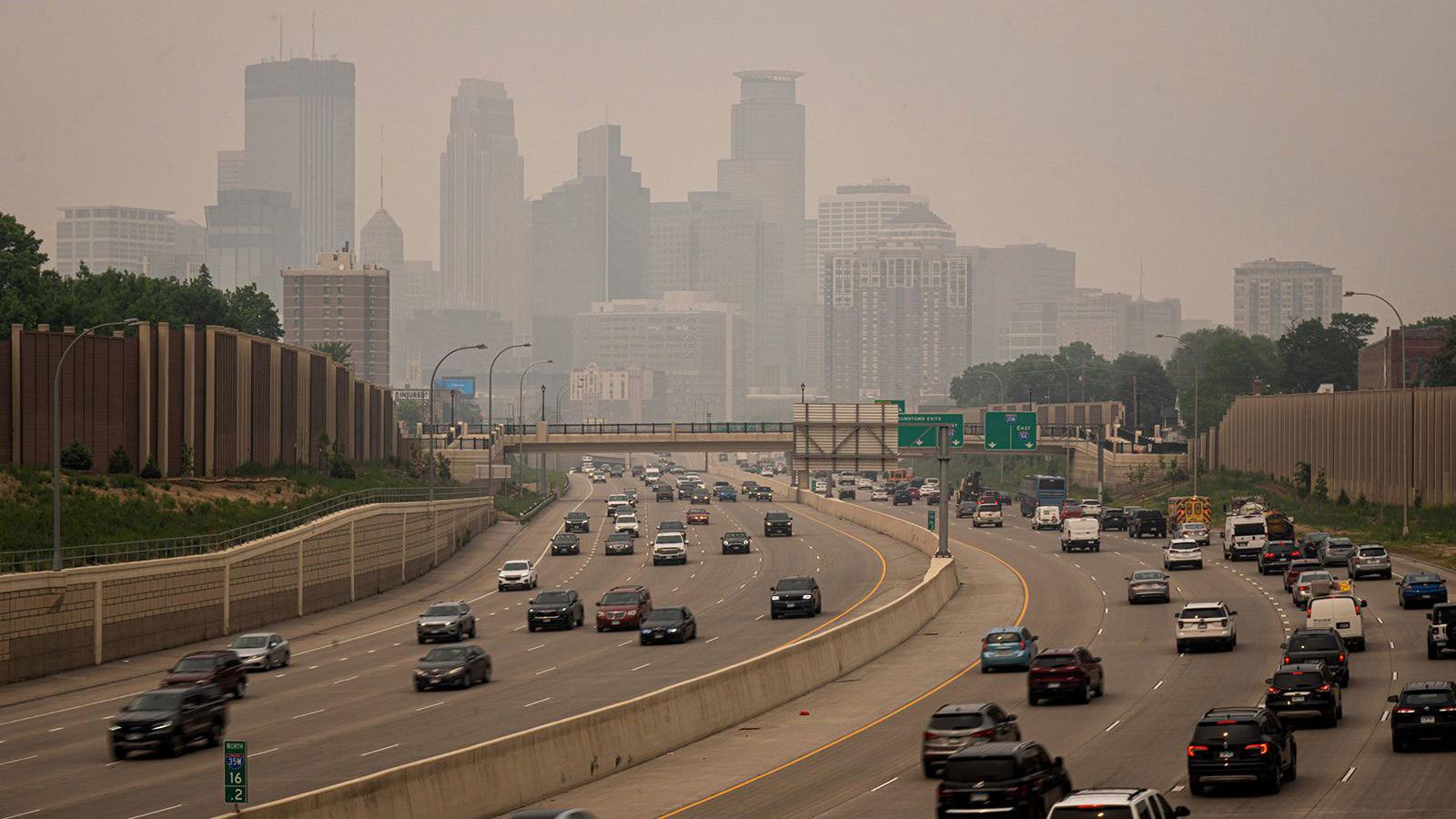
(CNN) — Thick plumes of smoke from dozens of wildfires raging in Ontario, Canada, are billowing across the U.S. border, compromising the air quality for millions of residents in Wisconsin and Minnesota.
The entire state of Minnesota and most of Wisconsin were under air quality alerts Wednesday as a gray haze from wildfire smoke shifted south, according to the National Weather Service.
Parts of both states experienced air quality marked as “unhealthy” or “very unhealthy” on Wednesday afternoon – levels 4 and 5 out of 6, according to the monitoring website AirNow.
“Smoky skies and poor air quality will continue through Thursday with the worst conditions expected tonight,” the National Weather Service in the Twin Cities said Wednesday.
By Thursday morning, air quality should begin improving as the smoke clears, the weather service in Duluth, Minnesota, said.
The air quality alert in Minnesota has been extended through Friday morning because smoke might take time to dissipate, according to the Minnesota Pollution Control Agency. The air quality alert in Wisconsin is in effect until noon local time Thursday.
In Canada, at least 63 wildfires are spread across Ontario, where the worst conditions are in the northwest region while the northeast is experiencing less significant fire hazards, a wildfire map shows.
For most areas in Ontario, the air quality health index was observed as “low risk” Wednesday, ranging from level 2 to 3 of 10, according to the country’s air quality monitoring website.
Meanwhile, areas including Chatham, downtown Toronto and Windsor had an air quality health index of moderate, which is level 4 of 10. Those areas are also forecast to improve over the next couple of days. Montreal in Quebec faces a forecast of moderate risk with level 5 of 10 on Thursday.
In addition to Wisconsin and Minnesota, smoke from the fires was also detected over parts of Kentucky, Illinois, Indiana, Michigan, Ohio and North Dakota as of Wednesday night, another map shows.
“Smoke originating from Canadian wildfires continues to move southeast across Wisconsin,” the state Department of Natural Resources said. “People with heart or lung disease, older adults, and children should reduce prolonged or heavy exertion.”
The compromised air quality from Canadian wildfires comes just days after dense smoke clouds from wildfires in Quebec last week descended on eastern Canada and a large swath of the US, stretching from the Northeast and Mid-Atlantic to the Ohio Valley and Midwest.
Thick smog wrapped major metro areas including New York City, Philadelphia and Washington, DC, in an orange haze for days. The dense smoke forced officials to close schools, ground flights due to poor visibility, shutter zoos and beaches and pushed many to mask up outdoors.
Scientists warn such events are more likely to continue as the planet warms, creating the ideal environment for more severe and frequent wildfires.
Wildfire smoke is particularly dangerous because it contains tiny particulate matter, or PM2.5, the tiniest of pollutants. When inhaled, it can move deep into lung tissue and enter the bloodstream.
It comes from sources including the combustion of fossil fuels, dust storms and wildfires. Such smoke has been linked to several health complications including asthma, heart disease and other respiratory illnesses.
The-CNN-Wire™ & © 2023 Cable News Network, Inc., a Warner Bros. Discovery Company. All rights reserved.

